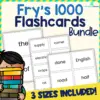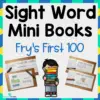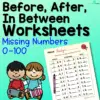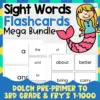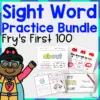The world’s ocean is vast and filled with countless big and small creatures. Let children explore the wonderful ocean world with these books that will open their eyes to fantastic facts as they learn more about these animals.
The list contains fiction and non-fiction stories that will go well with lessons that children will greatly enjoy.
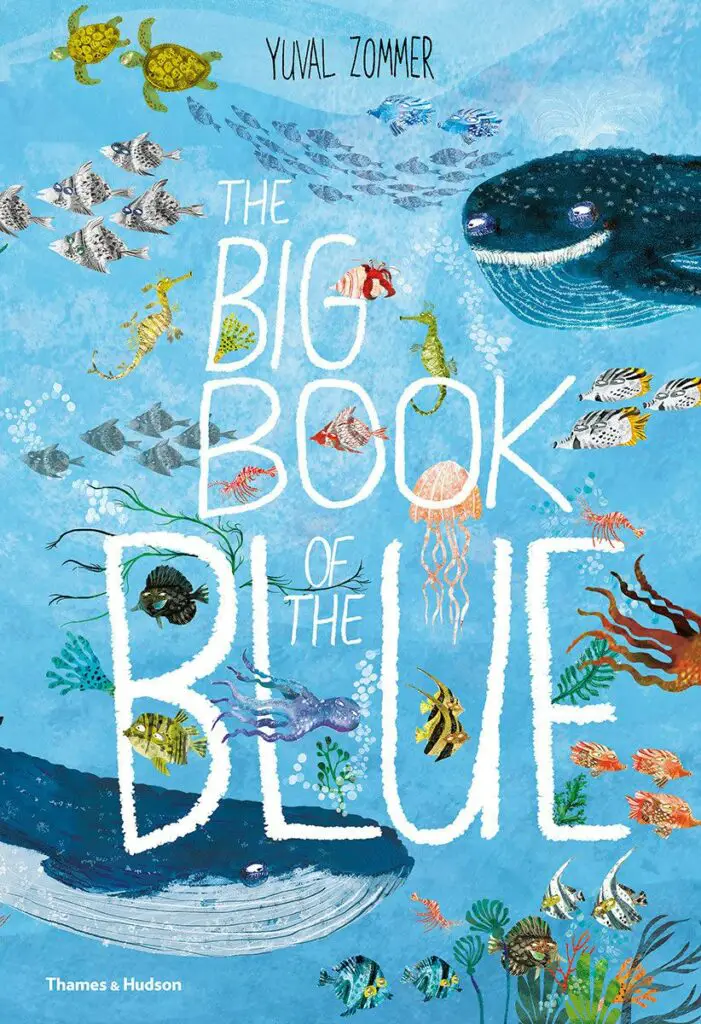
The Big Book of the Blue by Yuval Zommer is a non-fiction book that discusses scientific facts about the animals living in the ocean. It comes with different topics and starts with an interesting question that will hook readers.
It answers questions about all animals, such as “How do sea creatures move around?” or “How do animals breathe underwater?”
The author answers the questions by providing short and simple answers with wonderful, eye-catching illustrations.
It also tackles common misconceptions about these animals, such as “Is a sea horse a horse?” and “Is a jellyfish made from jelly?” These questions are answered with clarity in an age-appropriate manner for young readers.
Focus on each topic in the book to discuss in a Science lesson. Use videos and pictures as a supplement for children to see what these animals look like and their real-life behavior.
Include habitat, unique characteristics, food, and even reproduction as part of the lessons. Let children make crafts related to the animal in the topic for children to have a deeper appreciation of these creatures.
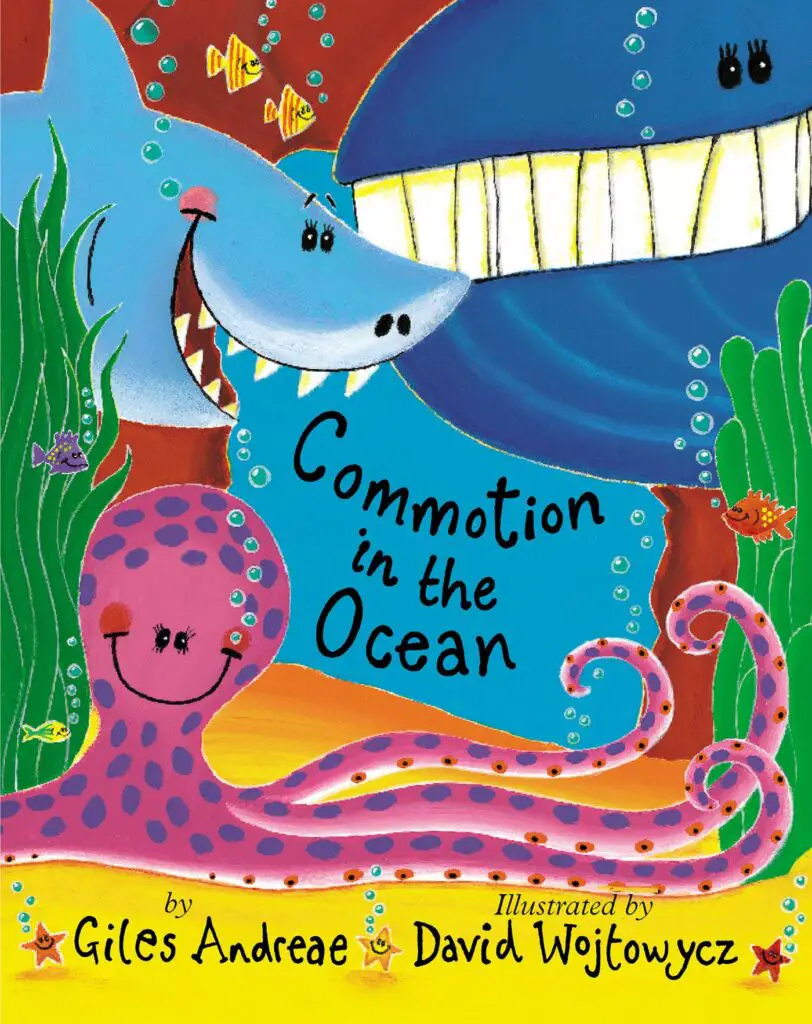
Commotion in the Ocean by Giles Andreae starts with an illustration of a porthole for readers to glimpse ocean life. This non-fiction book is narrated in a rhyming manner that children may find amusing.
The book showcases common animals in the ocean, rarely-seen animals that live in the deep sea, and those that live on ice sheets. As each animal is put in the spotlight, a fact is also provided.
For example, crabs walk sideways, an octopus has eight arms, and walruses have blubbers in their bodies.
Aside from science lessons, this book can help children develop their oral language skills. Provide sentence structure for them to practice. Lengthen the sentence structure once they have mastered the short ones.
Model this activity for children to follow. For example, use this sentence structure on the first day: I see an octopus (animal). On the second day: I see an octopus with eight legs (animal and description).
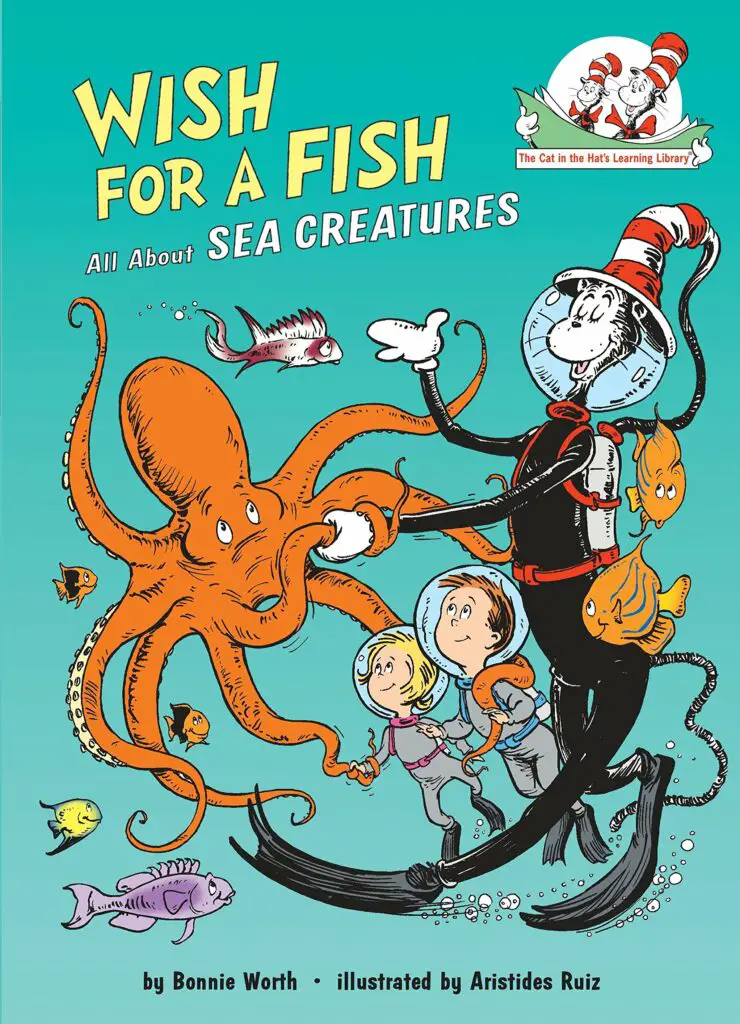
Introduce children to the ocean’s topography with Wish for a Fish: All About Sea Creatures by Bonnie Worth. The famous Cat in the Hat invited two children to dive deep aboard a submersible named S.S. Undersea Glubber.
The book shows the different marine animals found in the ocean’s five zones: Sunny Zone, Twilight Zone, Dark Zone, Abyss, and The Trench.
The Cat in the Hat states that most fish can be found in the Sunny Zone, while a sperm whale and a giant octopus are located in the Twilight Zone.
In the story, the anatomy of the fish is also examined. It points out unique parts and features, such as fins, tails, gills, and scales, and their functions.
Filled with extensive ideas, this book is a wonderful tool for a Science lesson. Reinforce the children’s knowledge about the ocean’s zones and marine life by providing a matching activity.
Use a chart divided into five to represent each zone. Provide cut-outs of marine animal pictures for children to match. Show pages in the book if the children are unsure where to place them.
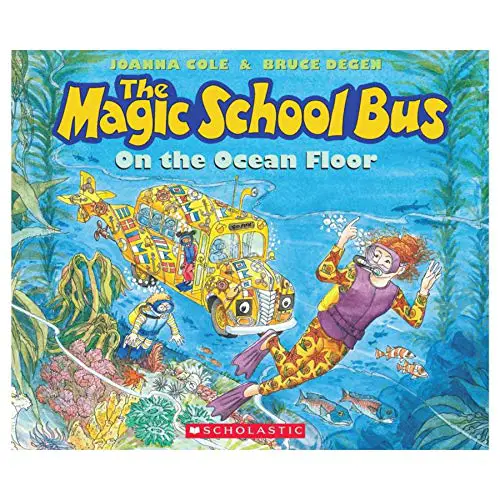
The curious minds took a trip to the ocean in the bus that doubled as a submarine. The Magic School Bus on the Ocean Floor by Joanna Cole is a story about children exploring the ocean and learning about the different creatures that live there.
The children discovered the ecosystem in coral reefs, the different types of fish, sharks, and the animals that live in the deep. They also learned about the ocean floor, and vents found there.
This book is a wonderful resource for a Science lesson. Focus on one of the topics to discuss in depth. One of the topics is sharks. Discuss the different types of sharks, such as the great white, hammerhead, and thresher.
Use videos and pictures for children to learn more about the animal’s habitat, food, and behavior. Use a chart to point out the body parts of the animal. Compare the sharks in size, unique characteristics, food, and location.
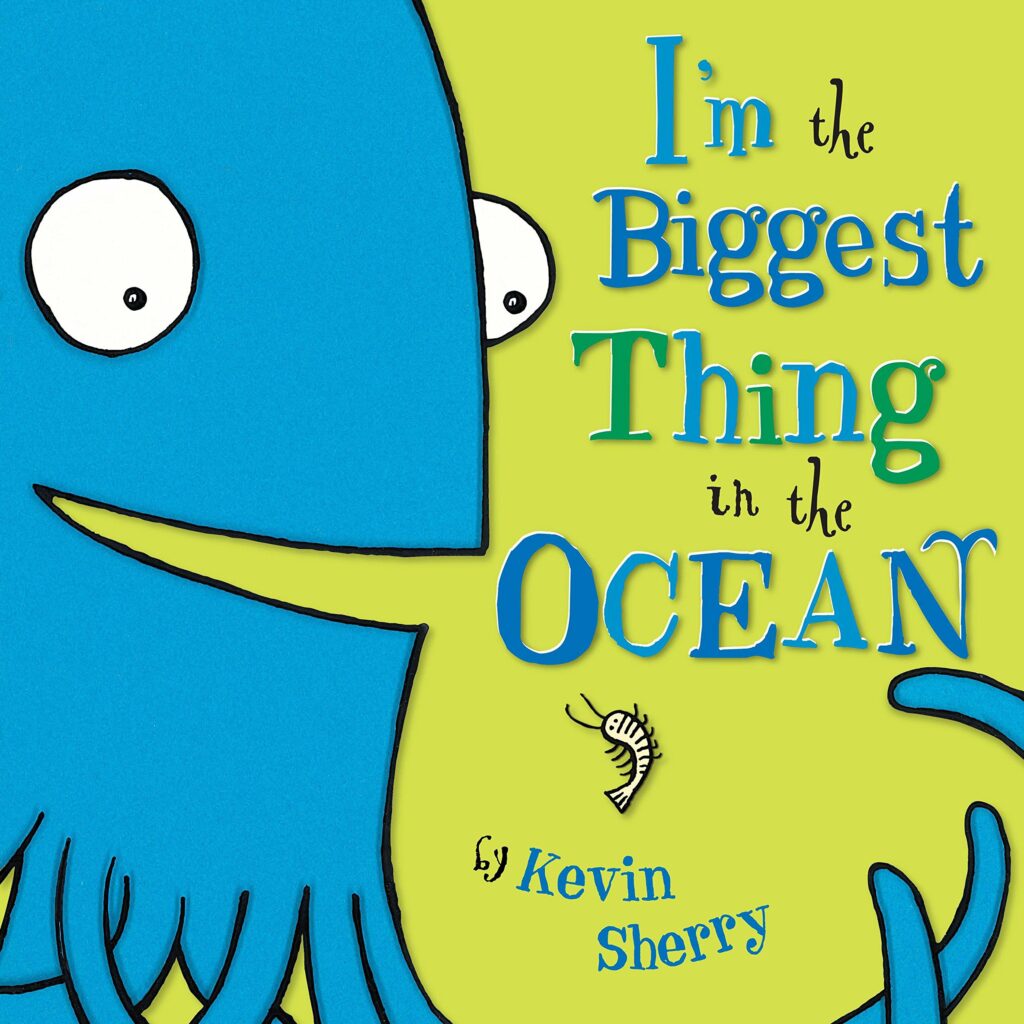
A giant squid was bragging about its size in the hilarious story I’m the Biggest Thing in the Ocean! by Kevin Sherry. It compared itself to different animals, such as shrimps, clams, a crab, a jellyfish, an octopus, a shark, and various fish.
The illustrations showed it was comparatively huge juxtaposed to the other creatures. However, it realized that there was a bigger animal in the ocean, and it ate him up.
Inside the whale, the giant squid saw other animals and continued boasting about its size. It claimed that it was the biggest animal inside the whale.
Use this book for math and language lessons to help children learn more about measurements and comparison. Use plastic animals or pictures for this activity.
Older children measure may measure and compare the lengths of the different animals. They can use a chart to record their findings to find out which animal is the longest, have the same size, and is the shortest.
Younger children may use a non-standard form of measurement, such as an eraser or a pencil. They may report their findings by comparing words, such as longer than, smaller than, and the same size.
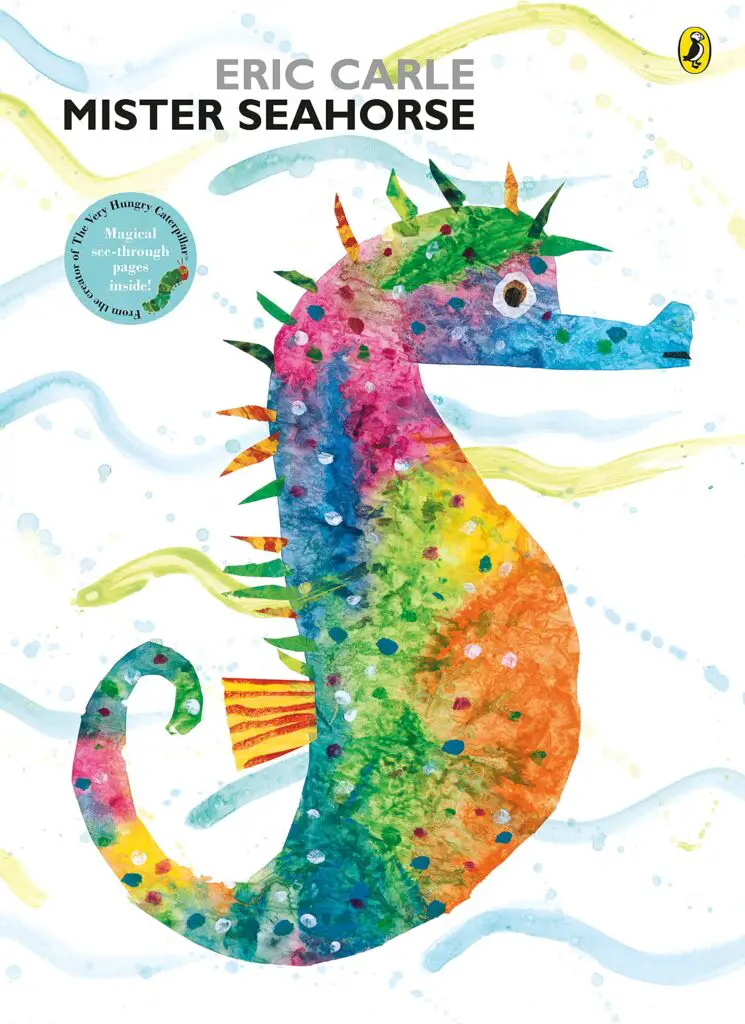
The main character in the book Mister Seahorse by Eric Carle is a seahorse carrying the eggs that his partner hatched. Children are introduced to the unusual practices of some male species of fish that tend to care for their offspring.
The book shows that Mr. Seahorse carried the eggs in his pouch and started to swim away. On his way, he meets several fish that also behaves the same way he does.
Mr. Sickleback builds a nest for his wife to lay eggs, and he takes care of them until they hatch. Mr. Tilapia takes the eggs inside his mouth, Mr. Kurtus sticks the eggs on his forehead, and Mr. Pipe keeps the eggs in his belly.
This is a great opportunity to learn social-emotional skills. Discuss some of the stereotypes in parenting. Children may talk about the responsibilities their parents have at home.
Ask if they may switch their roles. For example, if the mom cooks for the family but gets sick, will the dad take over feeding everyone?
Children should understand that while a parent may take on a chore most of the time, it does not mean one is bound to it.
For better understanding, have children do a role play that shows role reversals at home.
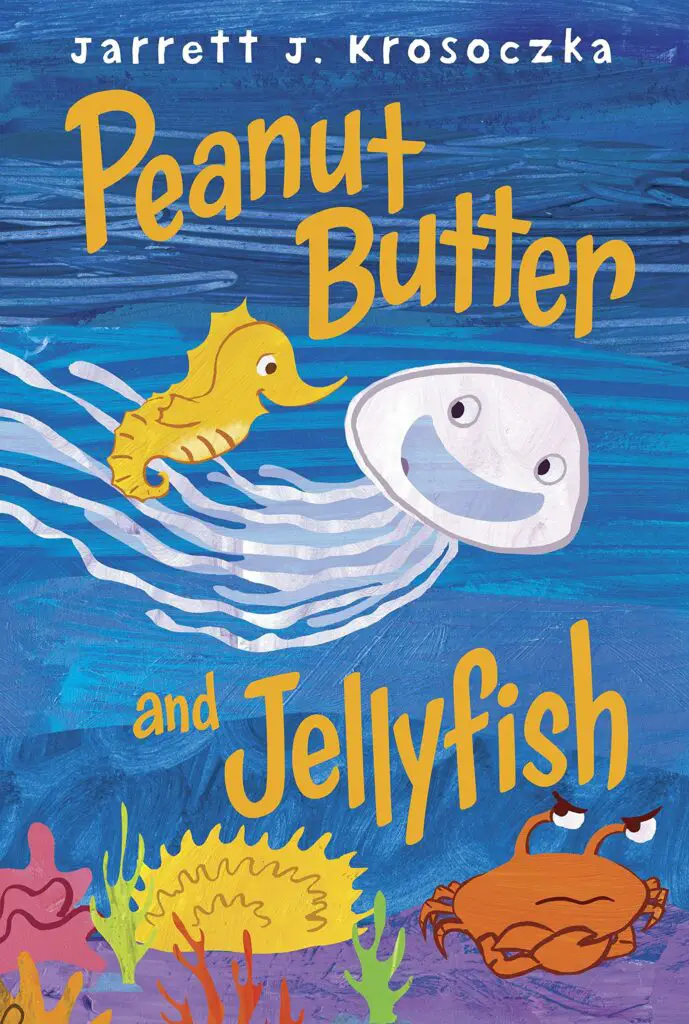
Peanut Butter and Jellyfish by Jared Krosoczka is a colorful picture book that deals with bullying. Peanut Butter, the seahorse, and Jellyfish are friends. They were inseparable, swimming every day and exploring the waters.
However, a crab named Crabby taunts them regularly. The two friends paid no attention to the insults. One day, Crabby was caught in a trap. Despite the bad experience, they decided to save him.
Crabby was saved and apologized. The three of them became friends in the end.
This book can be used to teach different skills. Children may name the various creatures in the book to help improve their vocabulary.
They can also name the colors and count the animals and plants on each page.
Make animal crafts based on the story and use them to discuss the issue of bullying. Create scenes where the crab will throw insults at the other animals. Let children respond appropriately. This activity will help with their social-emotional skills.
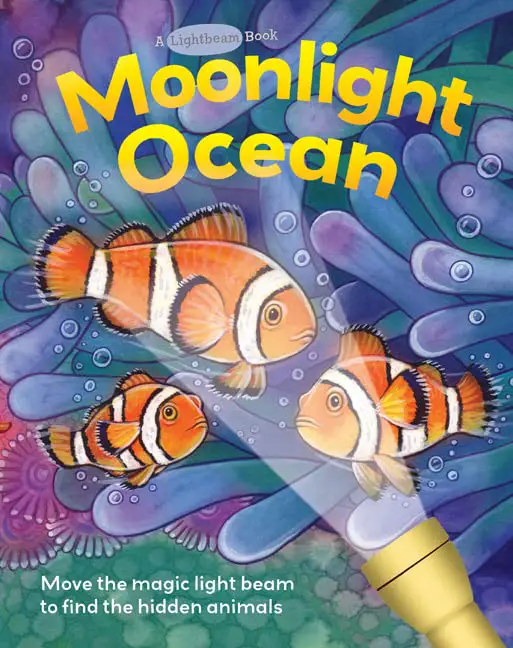
An interactive book that will surely delight young children, Moonlight Ocean by Elizabeth Golding, requires children to hold and manipulate the cut-out flashlight inserted in each page to see the animals hiding in the dark.
This non-fiction book provides different facts about each of the featured marine animals. A separate page shows a unique way of letting children explore the deep waters by using the light beam.
This idea gives children the feeling of diving in the ocean at night. This activity will help with their fine motor control.
Use the light beam for children to find the feature animals. Next, have children name the other animals on the page to increase their vocabulary. They can also name the colors of the animals to help with their color recognition skills.
They may also count the animals on each page and record their findings. They can be tasked to find out which animal has the most number and which ones have the least. Children may compare the numbers to improve their numeracy skills.
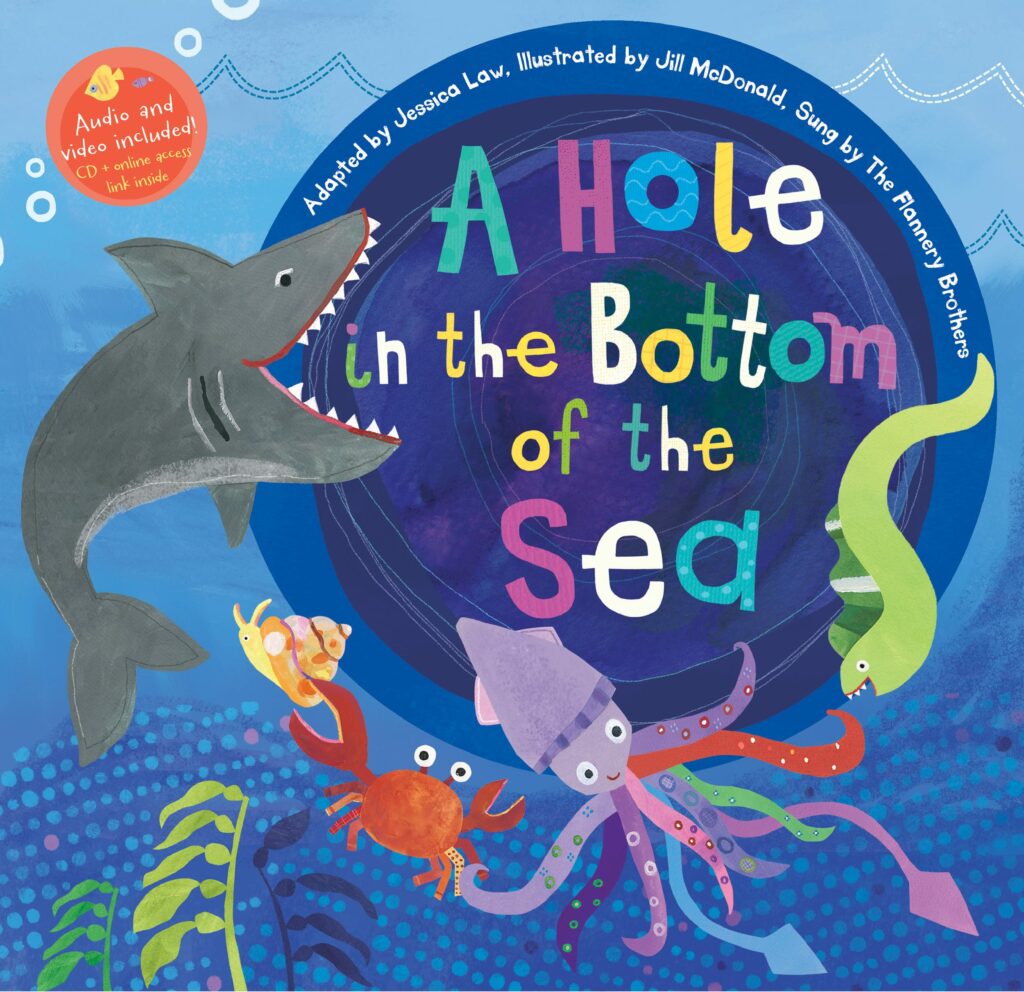
A Hole in the Bottom of the Sea by Jessica Law is a book based on a song. It teaches children the concept of food chain and order. A wonderful companion for a Science lesson, it introduces children to animals and their food.
Discuss how smaller animals will get eaten by larger ones to survive. Use pictures and charts to present the idea to children. Talk about how each animal in the food chain is related to another.
Use children as examples of apex predators. Ask children what they have eaten and make a food chain based on their answers. For instance, if they had eaten fish, that fish could have eaten a smaller fish, and the smaller fish might have eaten plankton.
Use the song to teach children sequencing skills. Use pictures for children to track down the order of animals in the song. Line up the pictures as a guide for children.
Let children make crafts related to the book. Attach these craft animals on a yarn following the sequence mentioned in the song.
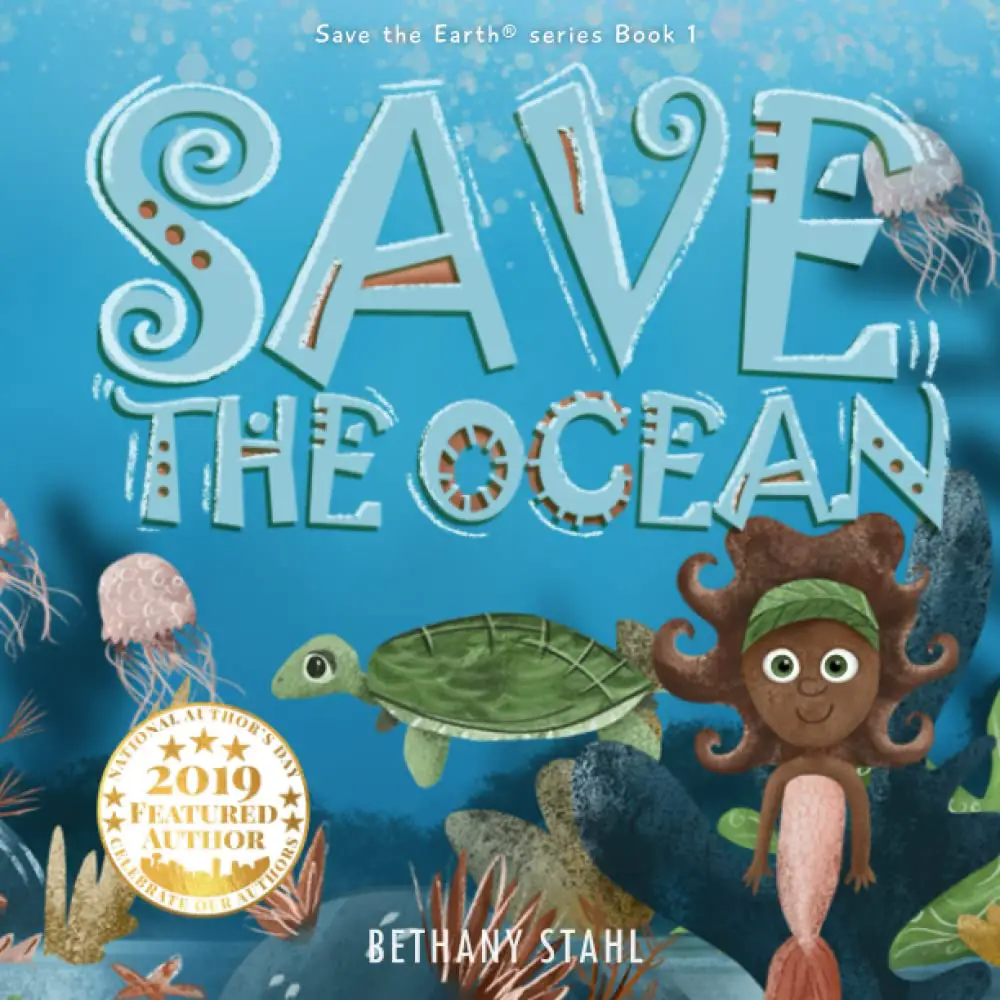
Based on the book’s title, Save the Ocean by Bethany Stahl is about the threats that many marine animals face and the ways to save them from dangers.
The story starts with a Mermaid named Kaleisha, who joined her sea turtle friend, Agwe, to find jellyfish to eat. As the turtle consumed the jellyfish, it started getting sick.
Kaleisha discovered they were plastic bags and encouraged everyone to practice the “reduce, reuse, and recycle” to help save marine life.
This book provides a fantastic opportunity for children to learn about environmental science. The story will help spread awareness of the possible dangers of animals ingesting plastic waste.
Discuss how children can be active participants in the “reduce, reuse, and recycle” program. Ask children about the different ways they can reduce their trash.
Enumerate the materials they can reuse and name ways they can recycle their crafts.
For example, children may suggest to their parents to use a cloth bag when they shop for groceries or reuse paper bags for crafts and projects.
Conclusion
Our ocean is a rich source of marine life. Learning about this life is important for young children. Exposing them the different animals and learning about their unique characteristics is one way to appreciate these wonderful creatures.
Using books to reinforce their understanding of the topic is a terrific way to help them become aware of the many daily dangers these animals face. Encourage children to be proactive in saving marine life with these stories.
Thank you for reading!


